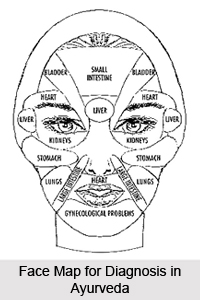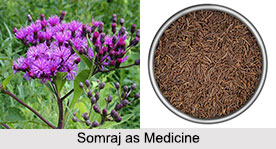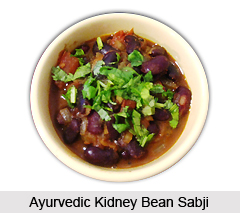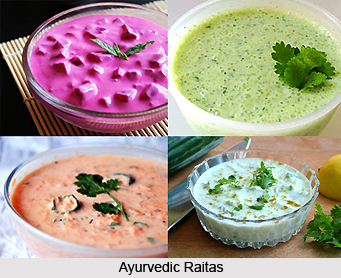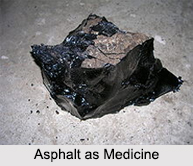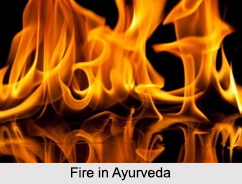 Fire in Ayurveda is reckoned as the digestive as well as the metabolic fire, created by the doshas for the greater objective of seizing the essence of the entire nourishment from food in order to transform it into the energy, to finally form the body. The term "Fire" denotes Agni in Sanskrit. In Ayurveda, the term fire has a peerless connotation as fire in Ayurveda means the "digestive fire".
Fire in Ayurveda is reckoned as the digestive as well as the metabolic fire, created by the doshas for the greater objective of seizing the essence of the entire nourishment from food in order to transform it into the energy, to finally form the body. The term "Fire" denotes Agni in Sanskrit. In Ayurveda, the term fire has a peerless connotation as fire in Ayurveda means the "digestive fire".
Role of Fire in Digestion
Agni is also the biological fire that controls metabolism and encompasses all the changes of mind and body from the dense to more subtle. The changes include digestion and absorption of food, cellular transformations, assimilation of sensory perceptions and mental and emotional upheavals. Agni thus includes the total sequences of chemical interactions and changes in the body and mind. Digestive ability depends on the strength of Agni.
Relationship between Pitta and Agni in Ayurveda
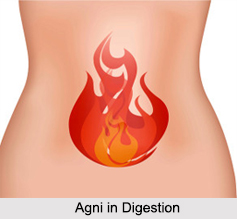 Agni and Pitta are closely interrelated with each other. Agni and Pitta both are hot and light. Moreover Agni is subtle and dry. The Pitta contains the heat energy of Agni, which helps in digestion. Pitta is therefore considered as the container of Agni. Agni is acidic in nature and stimulates the digestive power. Agni is subtly related to the movement of Vata. Agni is present in all the tissues and cells. It is necessary for maintaining the nutrition and autoimmune mechanism. Agni destroys micro organisms, foreign bacteria and toxins in the stomach and the intestines.
Agni and Pitta are closely interrelated with each other. Agni and Pitta both are hot and light. Moreover Agni is subtle and dry. The Pitta contains the heat energy of Agni, which helps in digestion. Pitta is therefore considered as the container of Agni. Agni is acidic in nature and stimulates the digestive power. Agni is subtly related to the movement of Vata. Agni is present in all the tissues and cells. It is necessary for maintaining the nutrition and autoimmune mechanism. Agni destroys micro organisms, foreign bacteria and toxins in the stomach and the intestines.
Types of Fire in Ayurveda
According to Ayurveda, there are 13 types of Agni in the body and mind related to the conversion and the transformation made.
•Jatharagni - one Agni present in the stomach and duodenum.
•Bhutagni - five Agni from five basic elements.
Dhatwagni - seven Agni present, one in each of the seven dhatus (tissues).
The Jatharagni is responsible for digesting the food eaten by correlating hydrochloric acid in the stomach and other digestive enzymes secreted into the stomach, duodenum and the small intestines. Bhutagni is the one that is present in a basic element, precisely known as, Bhutas. Dhatwagni is where all the seven dhatus or tissues of the body contain their own Agni to metabolize the nutrients supplied to them through channels of circulation.
Thus Ayurveda recommends for a balanced Agni which is indeed vital for health. The physical strength and the strength of the body to resist disease are directly related to the heat energy determining the metabolic processes of the body. When balance of Agni is disturbed disease is caused.






